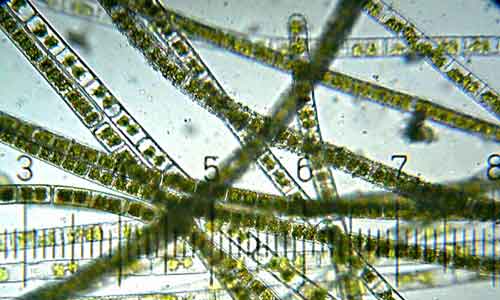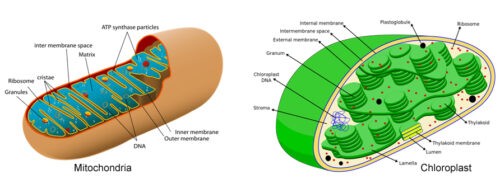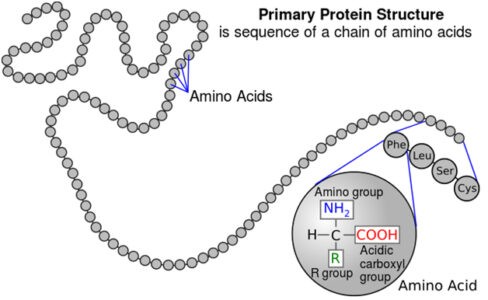Economic Importance of Bacteria
Bacteria are single-celled microscopic organisms which can live in different types of environment and survive in extreme conditions. They contain high protective coating in their body, which enhances to live any severe conditions. Many bacteria possess flagella which help them to move around, but some have hair-like structures which help them live in hard surfaces … Read more






